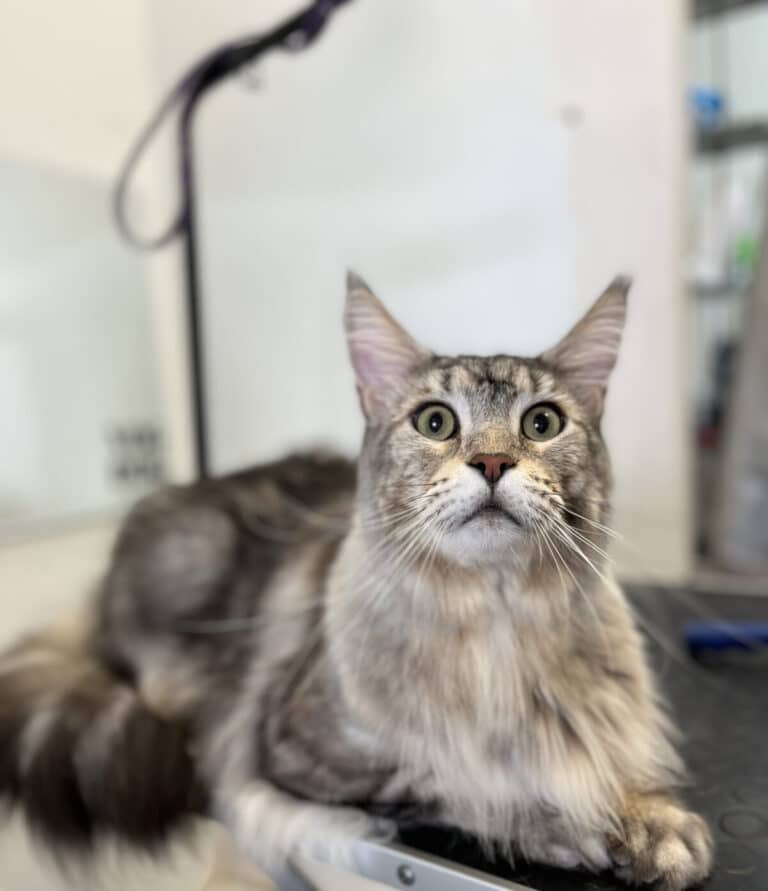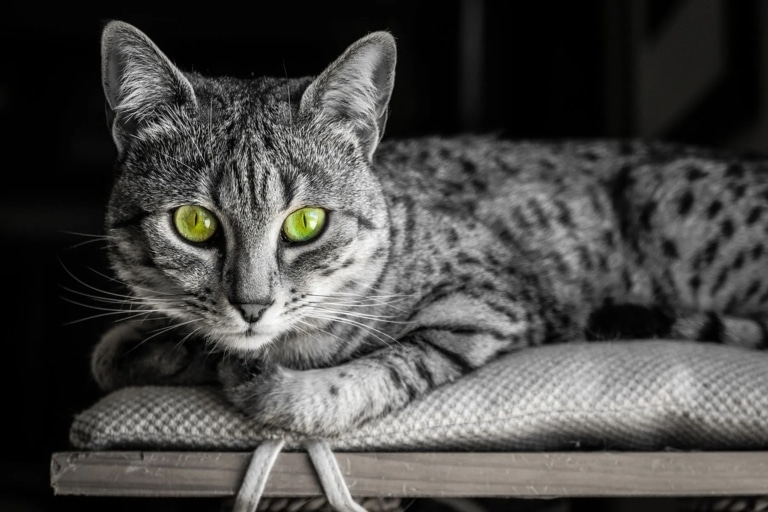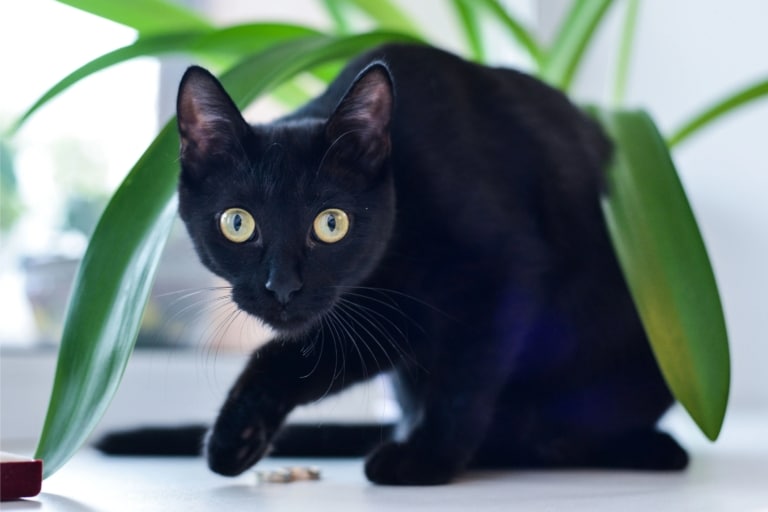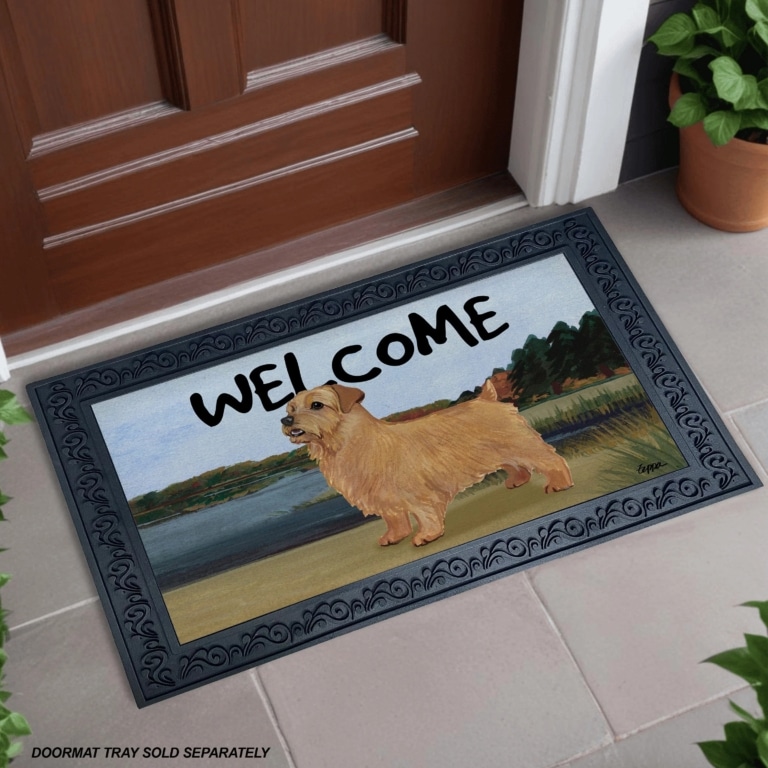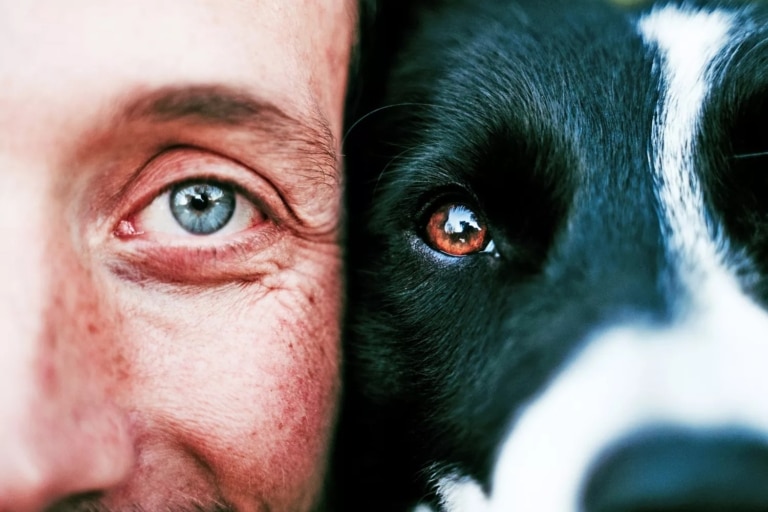Cats have always been enigmatic creatures. Their independent nature and unpredictable behaviors have always raised many questions. But what if you were told that these animals reveal their secrets through their actions? Let’s dive into this unique world of signals from your beloved pet.
- Facial expressions. While cats don’t communicate with words, they have facial expressions that can tell us a lot. Ears perked up and half-closed eyes might indicate heightened interest or curiosity. Tucked ears and wide-open eyes can suggest discomfort or fear. Decoding these signals will help you understand when your cat is happy and when they might need some reassurance.
- Tail movements – a true mood indicator. A raised tail with a curved tip indicates trust and joy. At the same time, a puffed-out tail signals irritation. The more you know about different tail positions, the better you can understand your pet’s mood.
- Body language. A cat’s posture can clue you into its emotional state. When a cat sits with its paws tucked under, it suggests feelings of security and comfort. An arched back can mean both a readiness to confront or a playful mood.
- Cats and territory. Being aware of movements and tracking unseen objects is crucial for their survival. In their territory, a cat should be aware of the owner’s location since you’re their source of food and safety.
- Communication. Cats can purr, meow, growl, hiss, snarl, and chirp. By deciphering the nuances of these sounds, you’ll be better equipped to understand what they want from you.
Knowing these hints will unveil the mysteries of your pet’s nature. You’ll be able to support them through their experiences, catering to their individual needs and moods. Achieving harmony with your cat becomes much easier when you learn their body language, facial expressions, and vocal cues.
Here’s an intriguing story demonstrating the unique behaviors cats can exhibit:
Max had a cat named Murko. Once, when Max decided to install a new shelf in the living room, the cat unexpectedly showed a particular interest in the task. Every time Max took out his drill, Murko would appear by his side, watching the process intently. Soon, Murko received a new toy to distract him while Max was busy. However, every time Max worked with tools, Murko dragged his toy behind him, seemingly trying to “help” with the new shelf installation. This situation highlights how cats can interact intriguingly with their environment and even support their owners. Such unique moments add more joy to everyday life. By uncovering their secrets, we deepen the bond with our pets and discover a world of incredible opportunities for communication and understanding.

